Lasia Lour.
Araceae
Asia
Lasia spinosa (L.) Thwaites
none
not weedy
emergentemergent:
(adj) (syn. emersed) with parts raised out of the water; extending up out of the water
 creeping plant
creeping plant
Perennial. Rhizomes long, up to 4 cm thick. Petiolepetiole:
(n) the stalk of a leaf
 elongate, spiny, sheathed at base. Leaves in apicalapical:
elongate, spiny, sheathed at base. Leaves in apicalapical:
(adj) of the apex
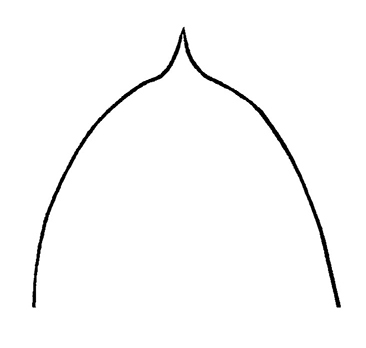 rosetterosette:
rosetterosette:
(n) a radiating cluster of leaves, usually close to the ground at the base of a plant
 ; leaf bladeblade:
; leaf bladeblade:
(n) (syn. lamina) the flat, expanded part of a leaf, frond, or petal (excluding, e.g., the petiole)
 large, sagittatesagittate:
large, sagittatesagittate:
(adj) shaped like an arrowhead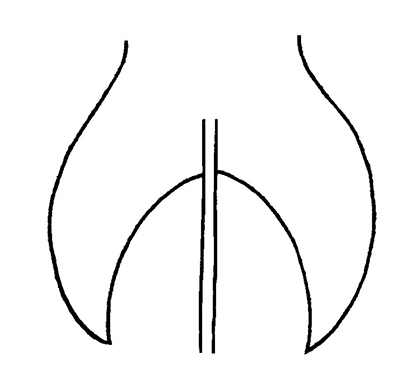 to pinnatifidpinnatifid:
to pinnatifidpinnatifid:
(adj) (of leaves) deeply pinnately lobed half way or more, but not reaching the midrib
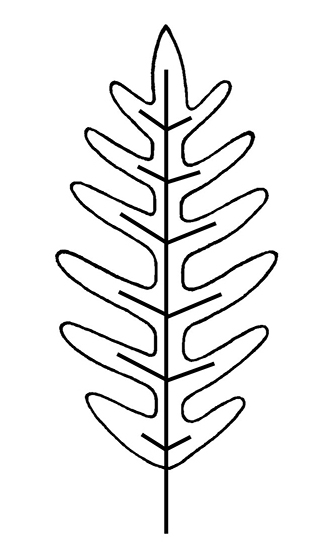 ; major veins on abaxialabaxial:
; major veins on abaxialabaxial:
(adj) the side facing away from the axis, as in the underside of a leaf
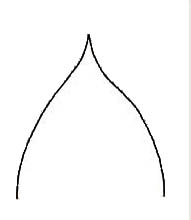 surface spiny, venationvenation:
surface spiny, venationvenation:
(n) the arrangement of veins in a leaf
 palmate to pinnatepinnate:
palmate to pinnatepinnate:
(adj) in the form of a feather; of, e.g., leaflets, lobes, or veins: arranged in two rows along an axis
 . Inflorescenceinflorescence:
. Inflorescenceinflorescence:
(n) the arrangement of flowers on the floral axis
 a spadixspadix:
a spadixspadix:
(n) a spike of small flowers borne on a thick, fleshy axis
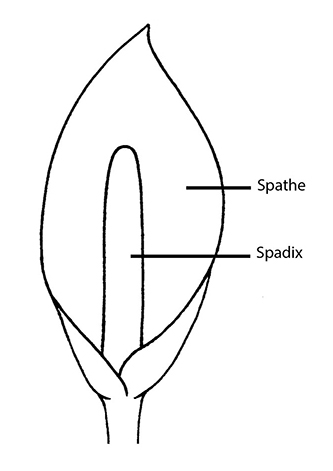 enclosed in twisted spathespathe:
enclosed in twisted spathespathe:
(n) a large bract or bracts subtending and often enclosing an inflorescence
 , pedunclepeduncle:
, pedunclepeduncle:
(n) the stalk of a flower cluster or inflorescence
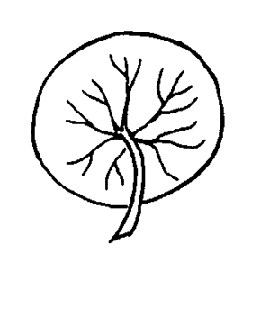 spiny. Flowers bisexualbisexual:
spiny. Flowers bisexualbisexual:
(adj) having both male and female sexual reproductive structures on one individual or in one flower
 , completely covering spadixspadix:
, completely covering spadixspadix:
(n) a spike of small flowers borne on a thick, fleshy axis
 . Berries numerous, fleshy, warty. Dispersal by seed or stem fragments.
. Berries numerous, fleshy, warty. Dispersal by seed or stem fragments.
swamps and shallow, still waters
The genus Lasia contains 14 accepted species, with only one cultivated in the pond plant industry. A genus relatively uncommon in the trade and not suitable for aquariums, it is most commonly found as a tropical pond plant in botanical gardens.